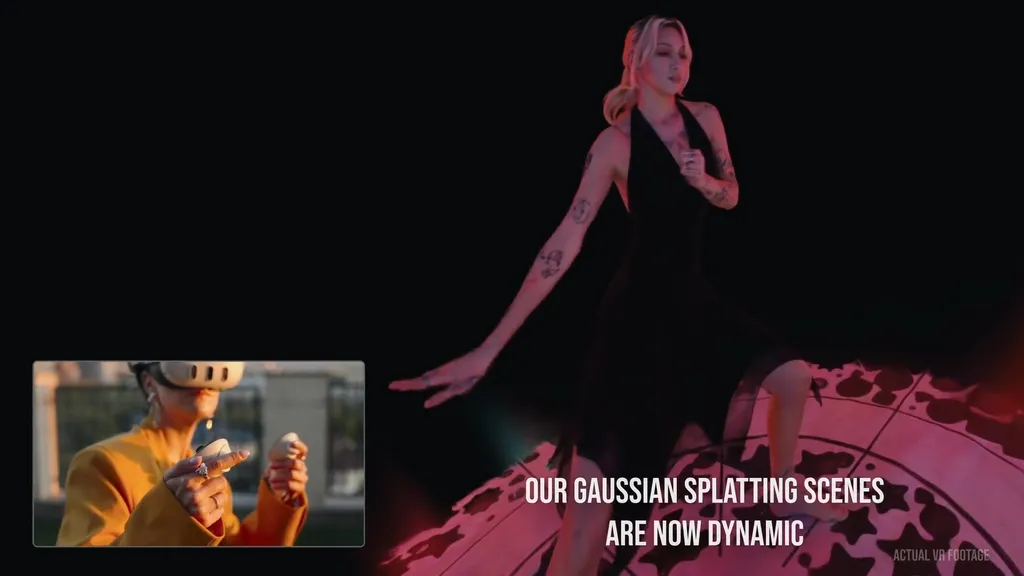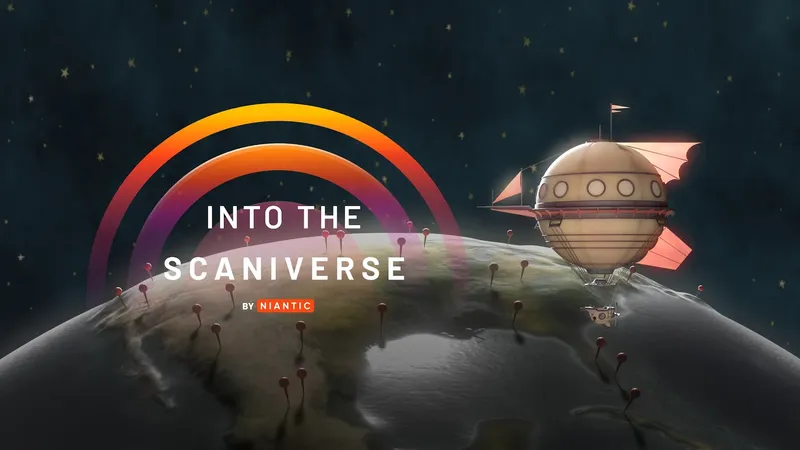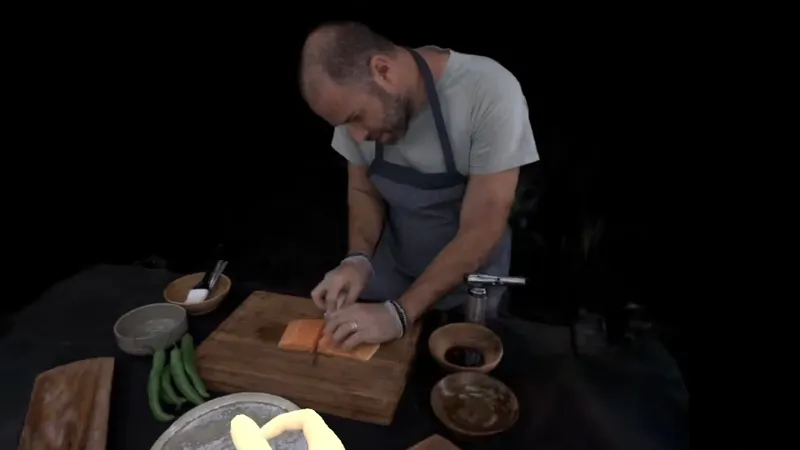Gracia added three short Dynamic Gaussian Splats on PC VR - moving volumetric captured scenes that you can try now.
What Is Gracia?
Simple stereoscopic 3D photos and videos like Apple's spatial video only offer limited parallax of a view of a scene presented in a rectangle in front of you, and immersive 180° or 360° content like Apple Immersive Video does the same in a hemisphere or sphere.
But the holy grail of captured immersive content is truly volumetric scenes that you can actually move your head or even walk through - essentially photorealistic VR, captured from the real world instead of created by 3D artists in modeling software. This is what Gracia delivers, in an early form.
Gracia is possible thanks to Gaussian splatting, a relatively new technique for rendering 3D volumes by representing the scene as a collection of overlapping 3D Gaussian functions. The company claims their specific Gaussian splatting rendering implementation is faster than "any other technology on the market", which is how its stills can run on Quest 3 standalone without a PC - albeit at a noticeably lower resolution.
The volumetric clips are called Spinning Dancer (29 seconds), Family Moment (19 seconds), and Shadow Boxing (8 seconds). You can move around them with a thumbstick or just walk around your room with your body - they're truly volumetric scenes.
Don't expect to see live events volumetrically streamed using this technology any time soon, though, or to easily capture your own.
Gracia says these clips were captured using expensive 3D scanning studio rigs, and took six minutes to train a single frame. That equates to weeks of total AWS compute time per minute, and though it can be parallelized to take less time in reality, it's still a significant cost.
Further, the download size of these clips equates to over 300 megabytes per second. That means streaming this kind of content would theoretically take a 2.4 gigabit internet connection, which barely anyone has. But Gracia expects its compression to improve by at least an order of magnitude within a year, making it possible on modern fast internet connections. It's also exploring using cloud VR streaming.
Even with the current download solution, there's a multi-minute decompression time. Gracia says this is mostly to save AWS storage bandwidth, and they're currently "rethinking" this approach.
Spinning Dancer
Still, those minutes were absolutely worth the wait. Gracia's moving volumetric clips are a tantalizing glimpse of the future of media and entertainment, and if you have a gaming PC and a VR headset, you should go and try it right now.
Gracia is available for free on Steam, and should work with any headset that supports SteamVR, including Quest headsets via Steam Link, Air Link, or Virtual Desktop. Gracia stills are available standalone on Quest 3 and 3S, and the startup says it plans to bring moving scenes to standalone too eventually.






























